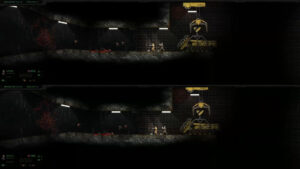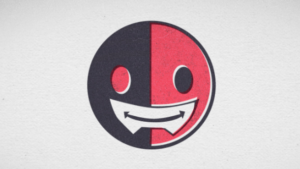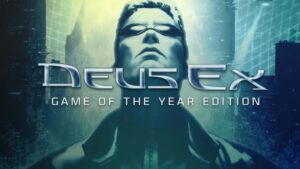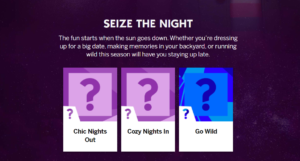Dungeons & Dragons is an institution that will soon enough be celebrating 50 years as indisputably one of the most influential and successful games ever created. Those decades have seen the game change constantly, with various rulesets and permutations spurring an endless back-and-forth among fans about when it's “best” or what represents the “true” D&D experience. The answer on an individual level is, of course, whatever edition you prefer. But change has always been a part of D&D and an important factor in why it's still such a vibrant and successful fantasy universe.
The current Dungeons & Dragons design team announced last year that it would be looking at some of the ideas baked-in to D&D's lore and, essentially, excising material such as racial stereotypes. This was possibly prompted by 2016's Curse of Strahd campaign, which got criticism for the Vistani, a group built on Romani tropes that had been in D&D since the 1983's landmark Ravenloft module. Times had changed, and D&D publisher Wizards of the Coast subsequently addressed the controversy by revising parts of Curse of Strahd in 2020.
Sage Advice is an occasional column by D&D principal rules designer Jeremy Crawford, in which he explains various changes and why the design team made them. A recent column called “Book Updates” attracted a lot of negative attention, with some folks upset that WotC is scrubbing old lore and racial alignment for what they see as no good reason.

This blowup has the above context of WotC becoming increasingly wary about historical aspects of D&D that folks in 2021 view quite differently. A particularly fraught hotspot is the idea that races are inherently evil, because of the implications this has for real-life racial stereotypes: For example, the idea that the black-skinned drow are all inherently cruel and evil.
WotC has previously done stuff like changing the way race works mechanically: Tasha's Cauldron of Everything introduced custom lineages to character creation allowing, for example, your dwarf to have a bonus to Intelliegnce or Charisma rather than the standard Constitution. But it's gingerly picking a path between its old-school fanbase and aspects of the older games that may turn off a new audience. This particular topic is one that gets fans at each other's throats, because it's emblematic of that clash between the more gatekeeper-y elements of the fanbase and the shift toward a more inclusive approach.
Thing is, the real problem is that WotC isn't necessarily doing what it's being accused of doing. Contrary to some reports and many rants, the studio really didn't remove a lot of lore: Monsters like Mind Flayers and Beholders lost a couple of paragraphs that made their personalities absolute, but it's pretty clear they're still meant to be evil. Along those lines, people got pissed that alignment was changed from “suggested as evil” to gone, which was done in order to make it consistent with recent books (and WotC hasn't really approached alignment as an absolute since 3.5).
Other complaints are down to confusion: This post's context includes the idea of the D&D Multiverse and upcoming new settings, so WotC is trying to make more distinctions about how orcs in the Forgotten Realms (D&D's default setting) act vs those in Greyhawk, Eberron and so on. This is why the Volo's Guides to Monsters errata has a disclaimer, as that book focuses on the Forgotten Realms.
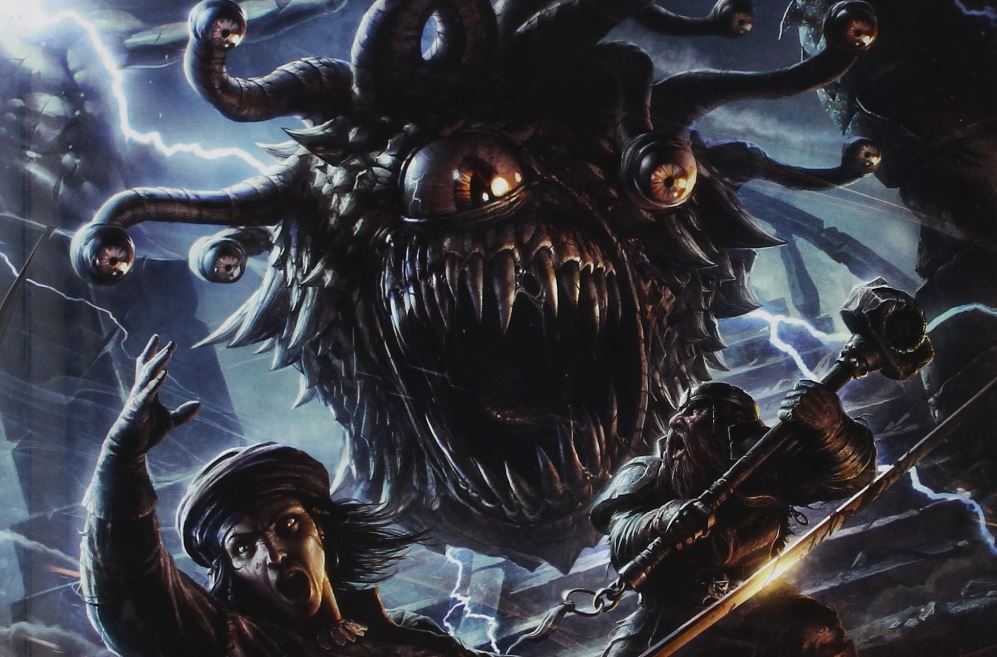
This doesn't mean WotC is going about this in the right manner. The studio often receives criticism from fans, and arguably rightly so, for its top-down “we know best” approach to resolving tensions like this, and so one issue here is that we're talking about books that are in many cases digital. WotC is literally going in and changing this stuff in digital books that players already own.
For a younger audience this may not seem like an issue, but traditional tabletop RPG communities may view this with utter horror: It's like WotC coming into your home and tearing pages out of your volumes. The complaints about this seem legitimate, though also, rather sadly, this is now the way of the world.
Which perhaps hints at the wider issue. Elements of the D&D community can overreact to things; equally, WotC sometimes does a piss-poor job of explaining what it's up to. These changes should have been announced in a livestream or video addressing what the design team were doing and what they mean by it, with the opportunity for the audience to ask questions and request clarifications. Instead WotC dropped a brief blog post with links to nine separate errata PDFs, a post that a few days later needed its own clarification.
This is an own goal. D&D undoubtedly has stuff in its history that's problematic, and WotC is right to want to address this in some way. Respecting the game's history is not the same thing as preserving it in amber. But it feels like the company is going about it in the most awkward way possible, perhaps symptomatic of its own internal struggles over the issue, and leaving its communities confused about exactly what's happening and why.
Some battles are worth fighting. Others leave you wondering why they started in the first place.
Source: https://www.pcgamer.com/dungeons-and-dead-ends-how-mixed-messaging-starts-fantasy-wars
- "
- 2020
- Absolute
- advice
- All
- Allowing
- AMBER
- among
- announced
- audience
- BEST
- Blog
- bonus
- Books
- Campaign
- cases
- change
- Column
- coming
- Communities
- community
- company
- complaints
- confusion
- controversy
- Couple
- credit
- Current
- decades
- Design
- designer
- digital
- dropped
- experience
- FANTASY
- First
- forgotten
- game
- Games
- good
- Group
- Guides
- here
- history
- Home
- How
- HTTPS
- idea
- image
- important
- Institution
- IT
- Job
- Level
- Livestream
- May
- messaging
- mixed
- multiverse
- Opportunity
- order
- People
- play
- players
- Principal
- Race
- RE
- Reports
- rules
- s
- setting
- shift
- So
- started
- successful
- talking
- The
- the world
- traditional
- Video
- View
- What
- Wizards of the Coast
- works
- world
- worth
- WOTC
- year
- years

